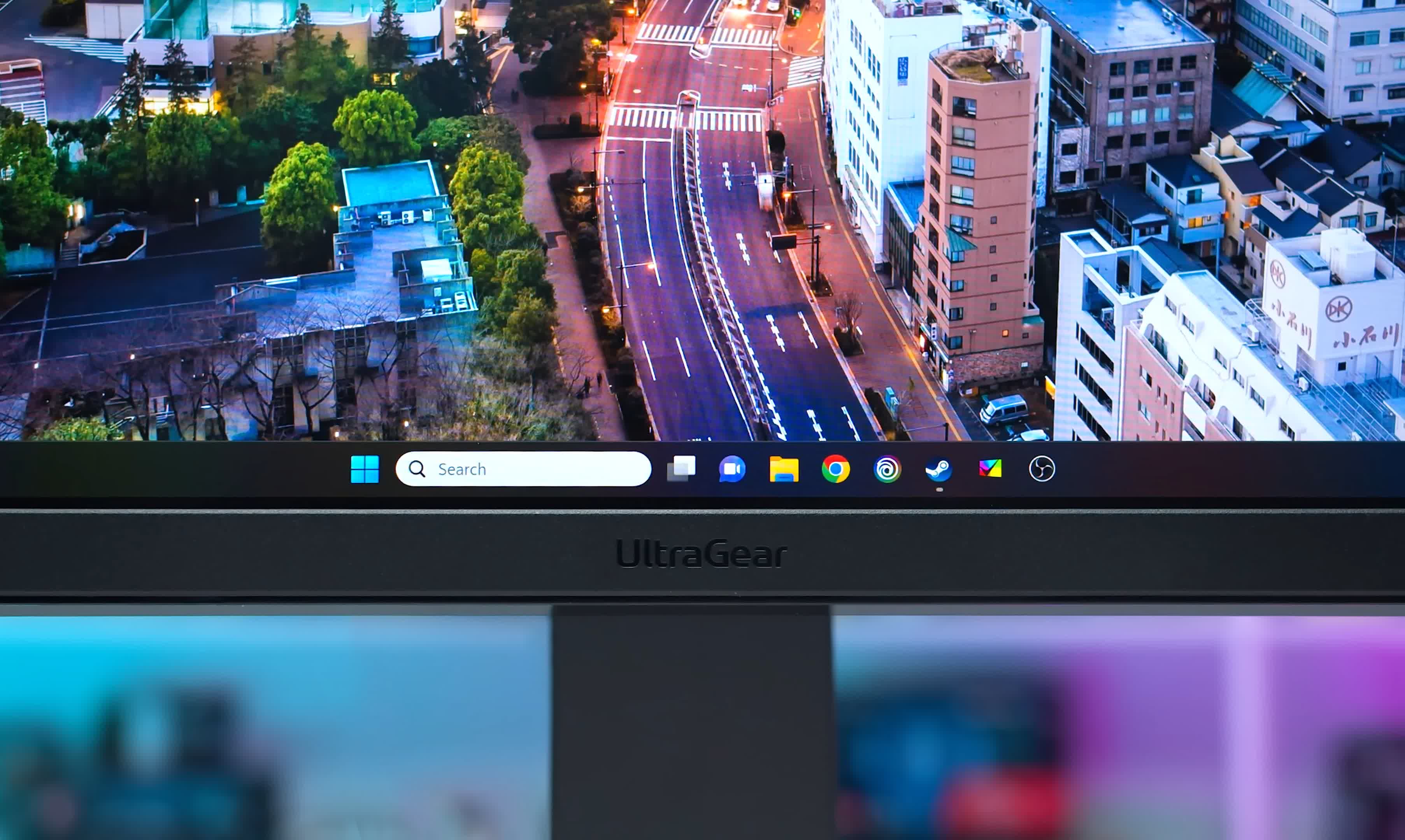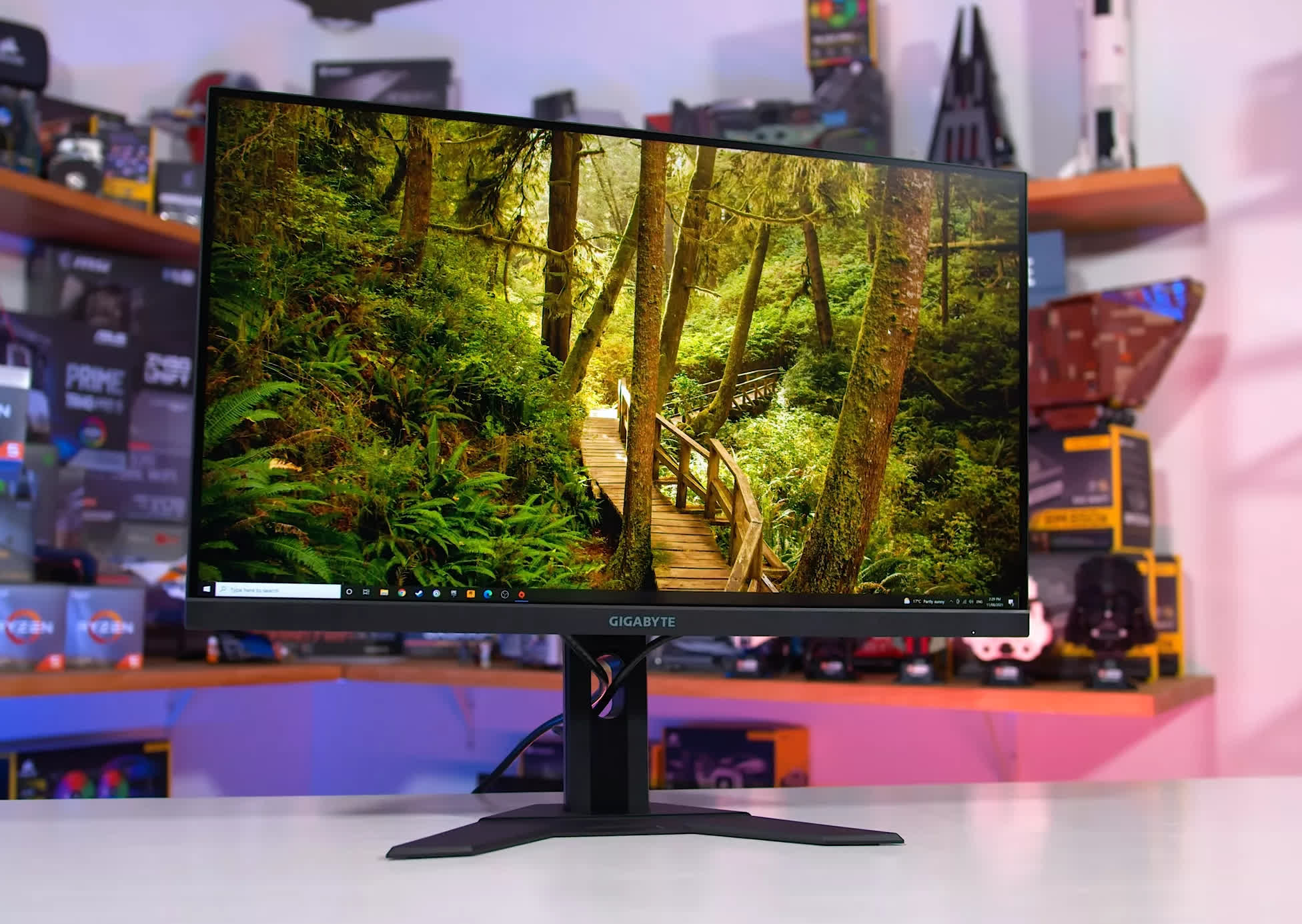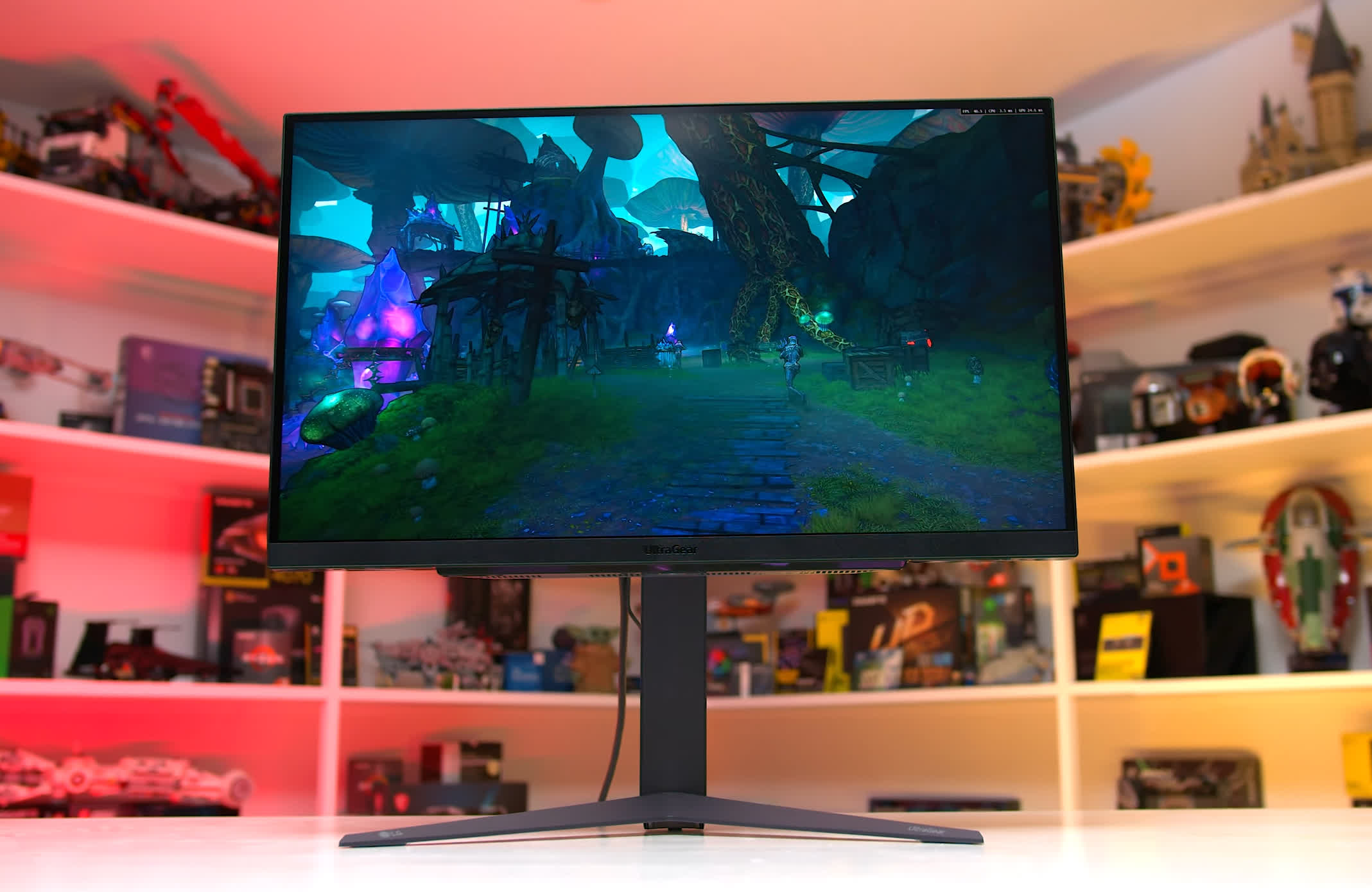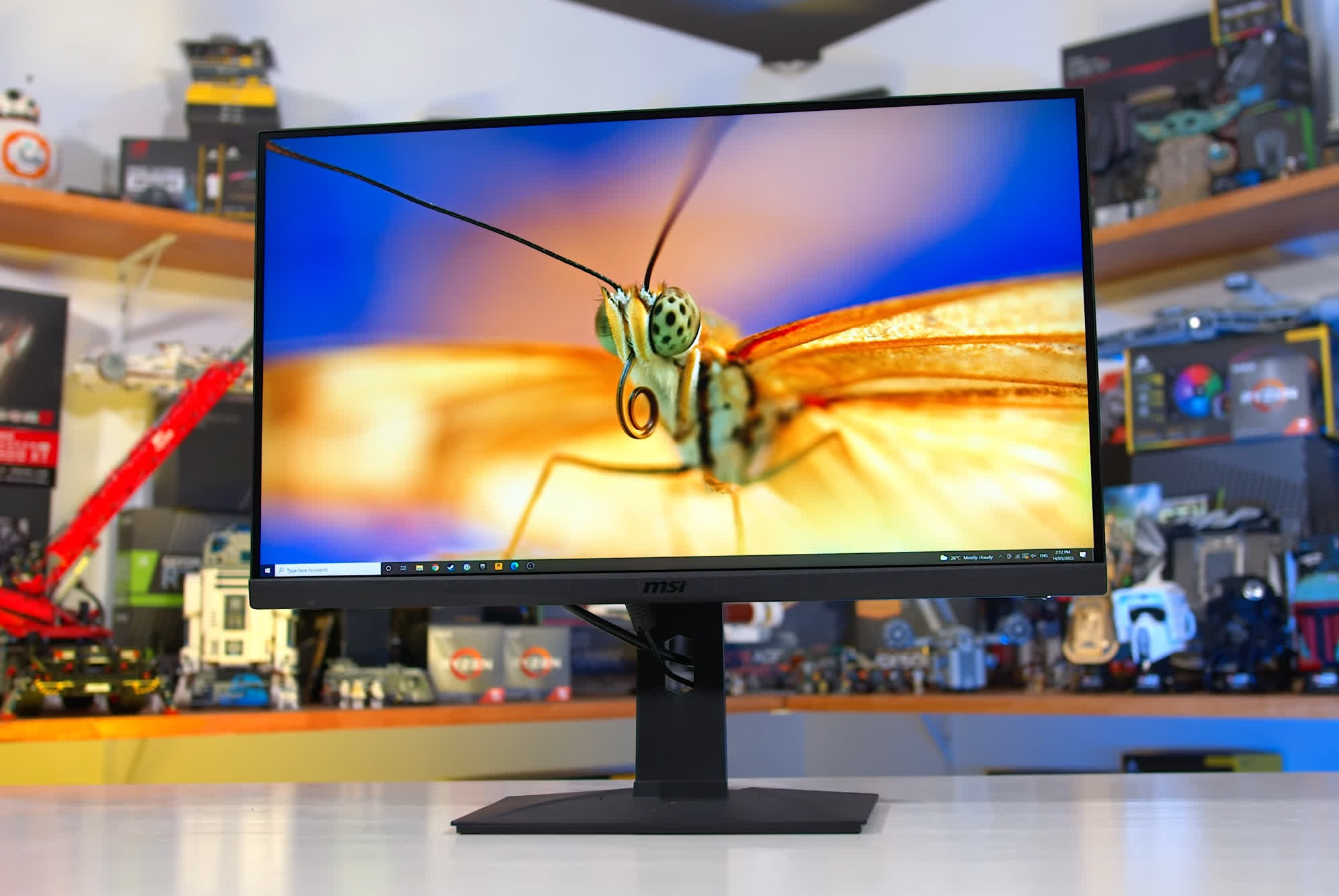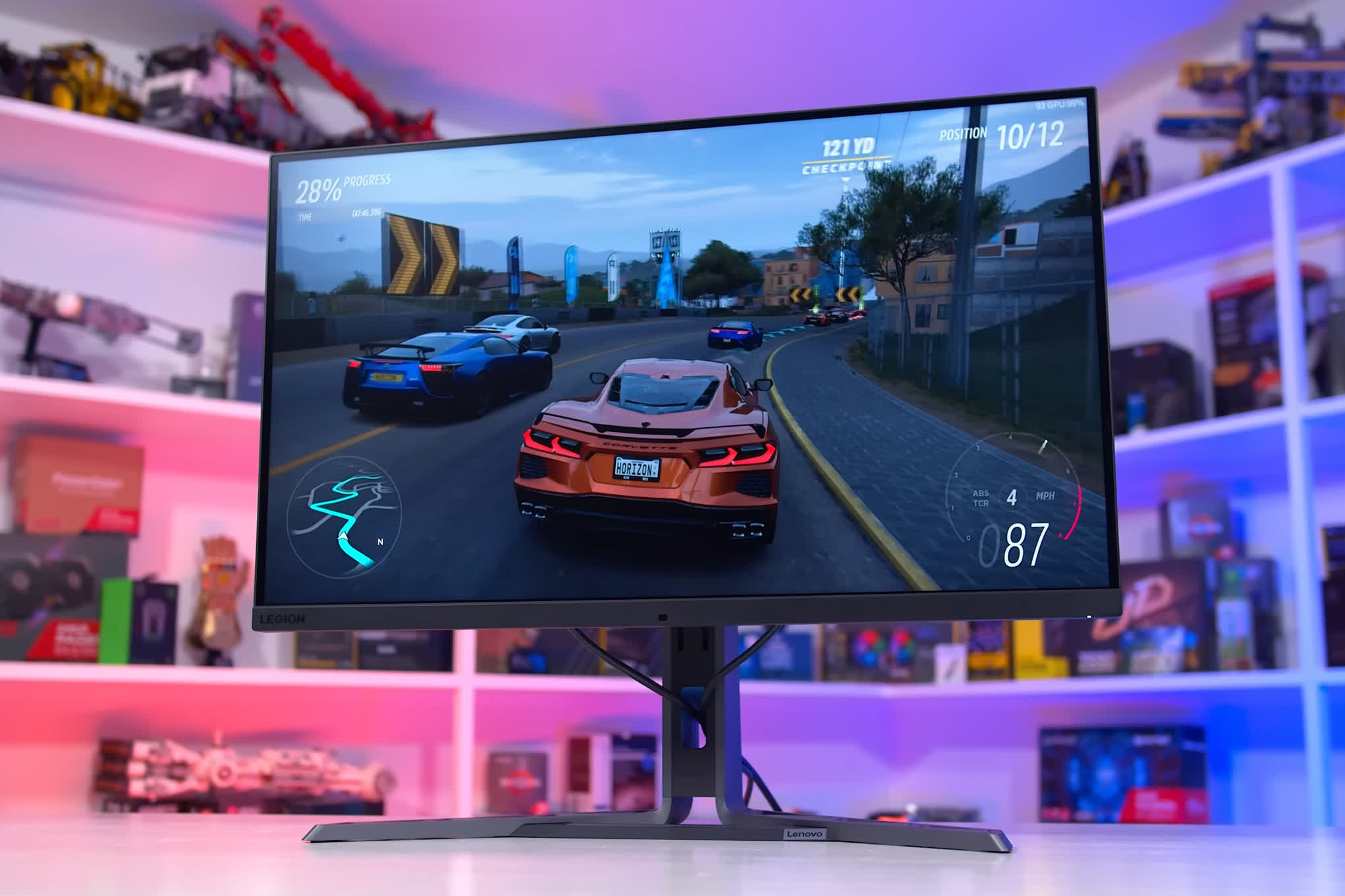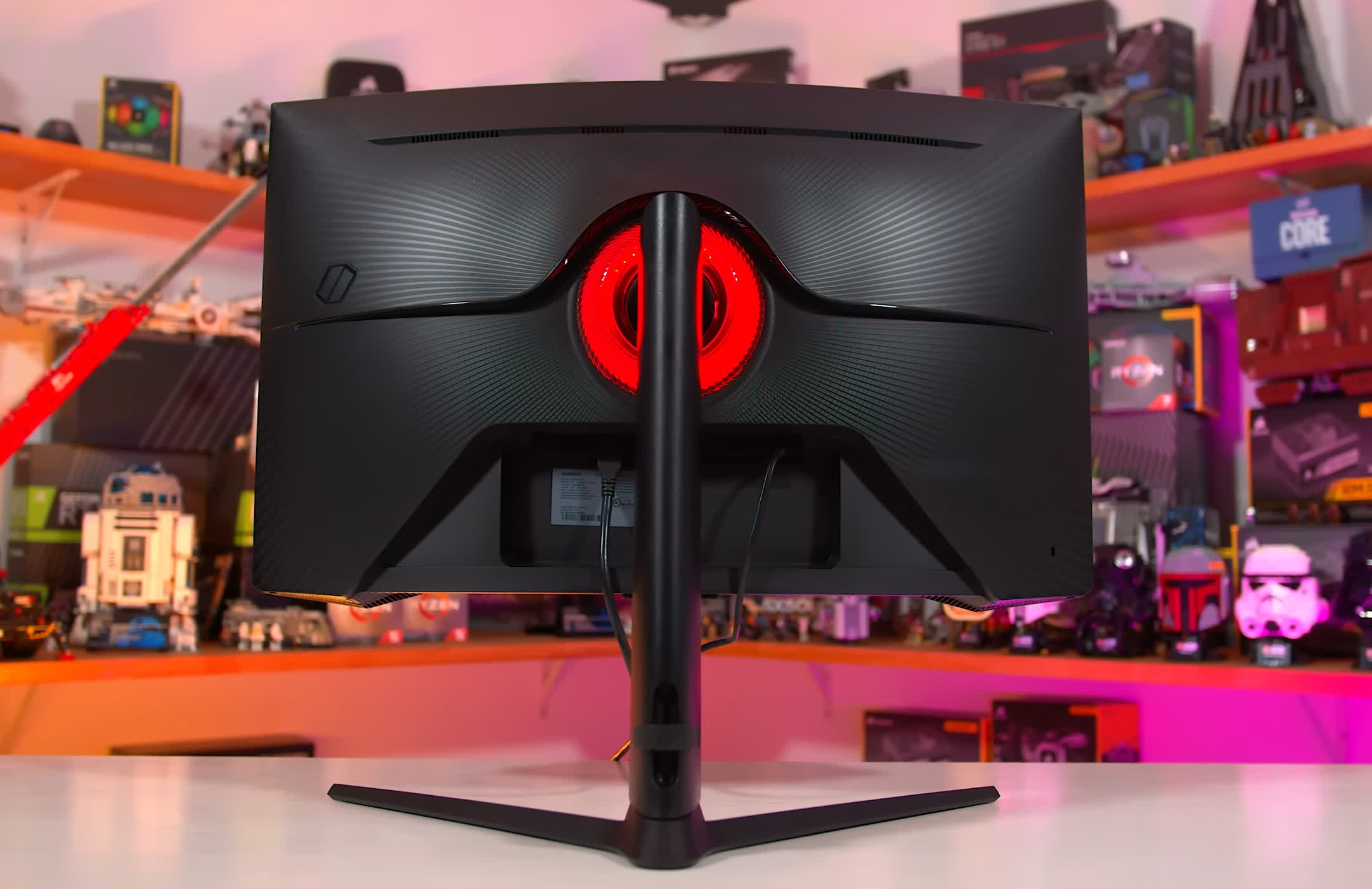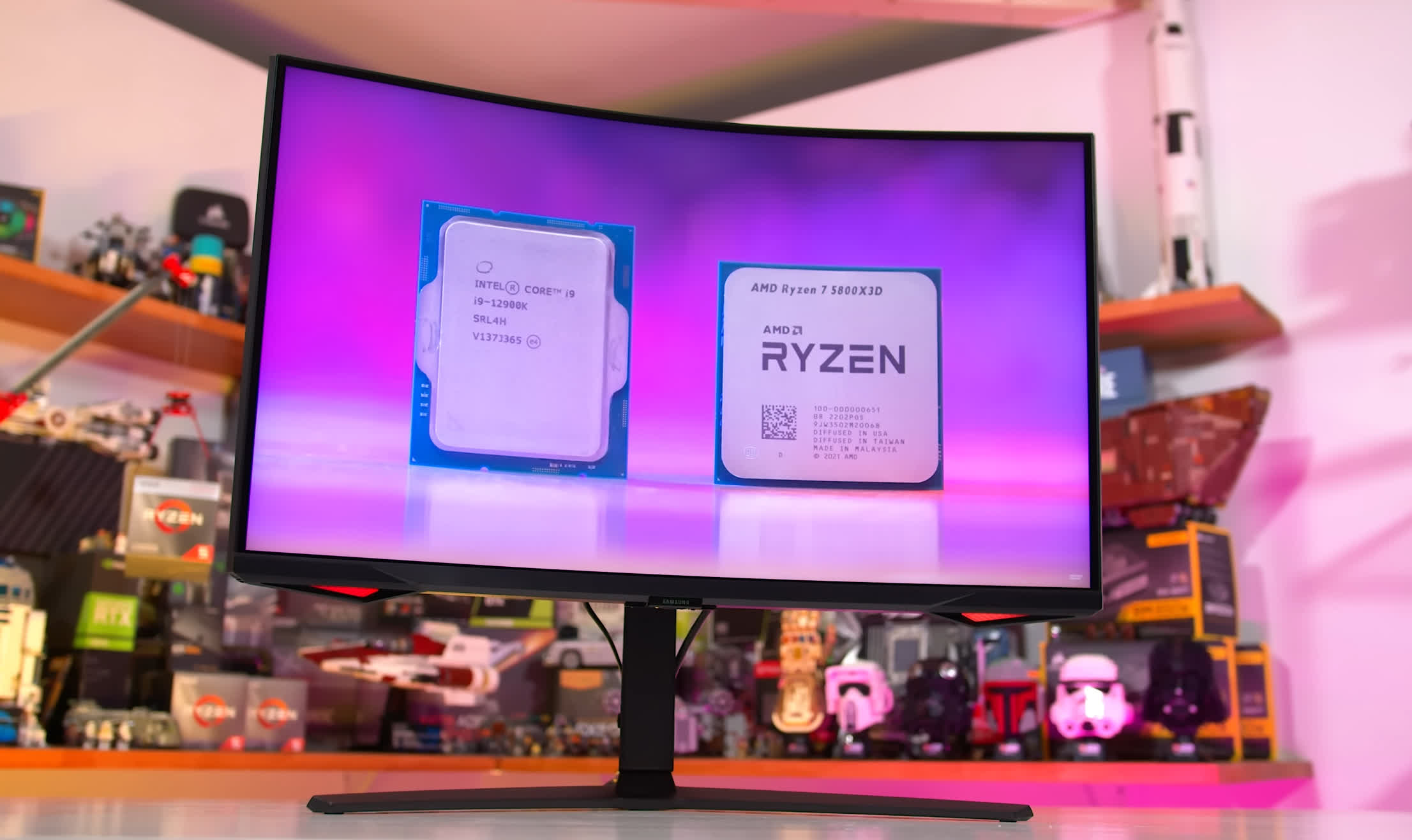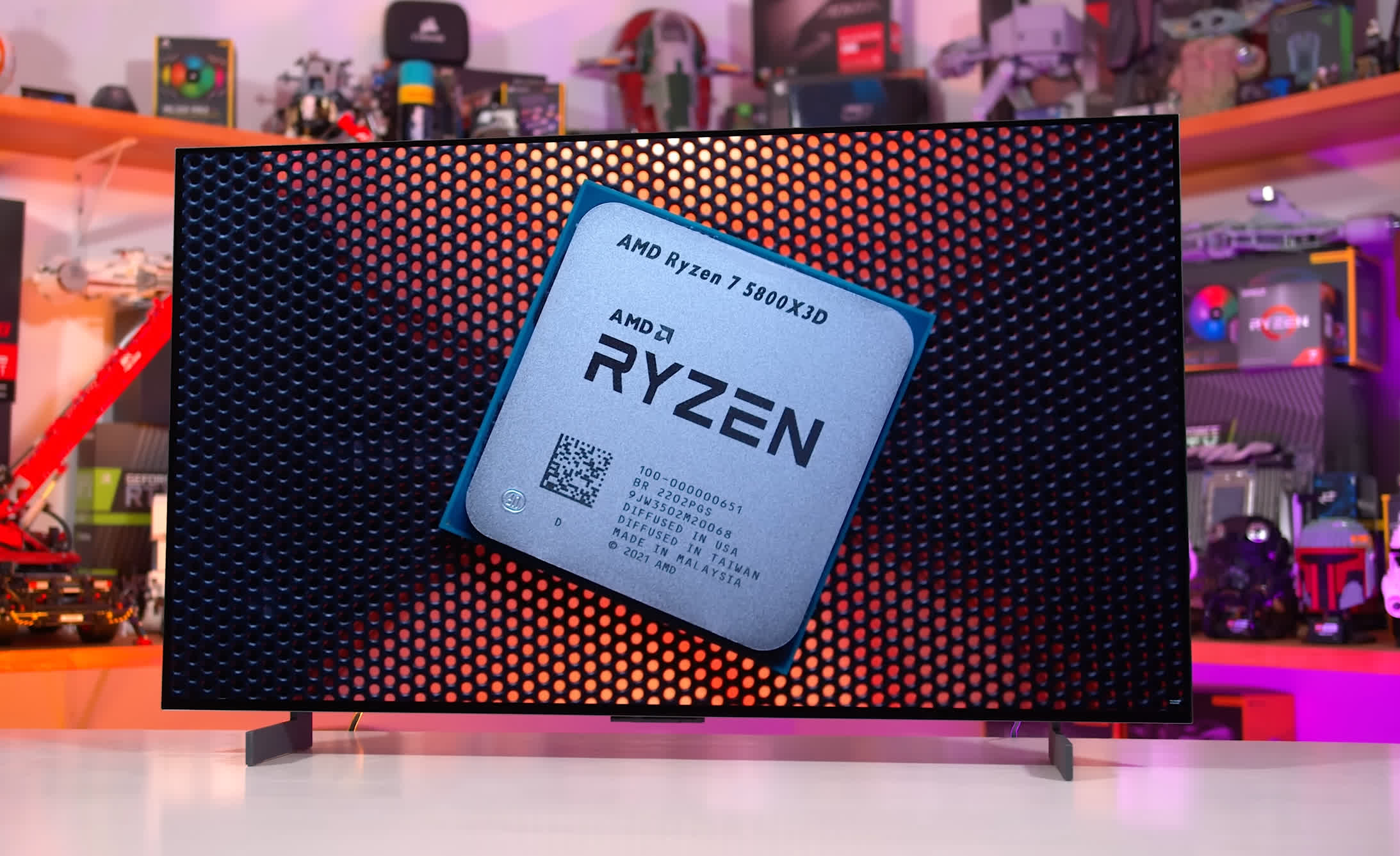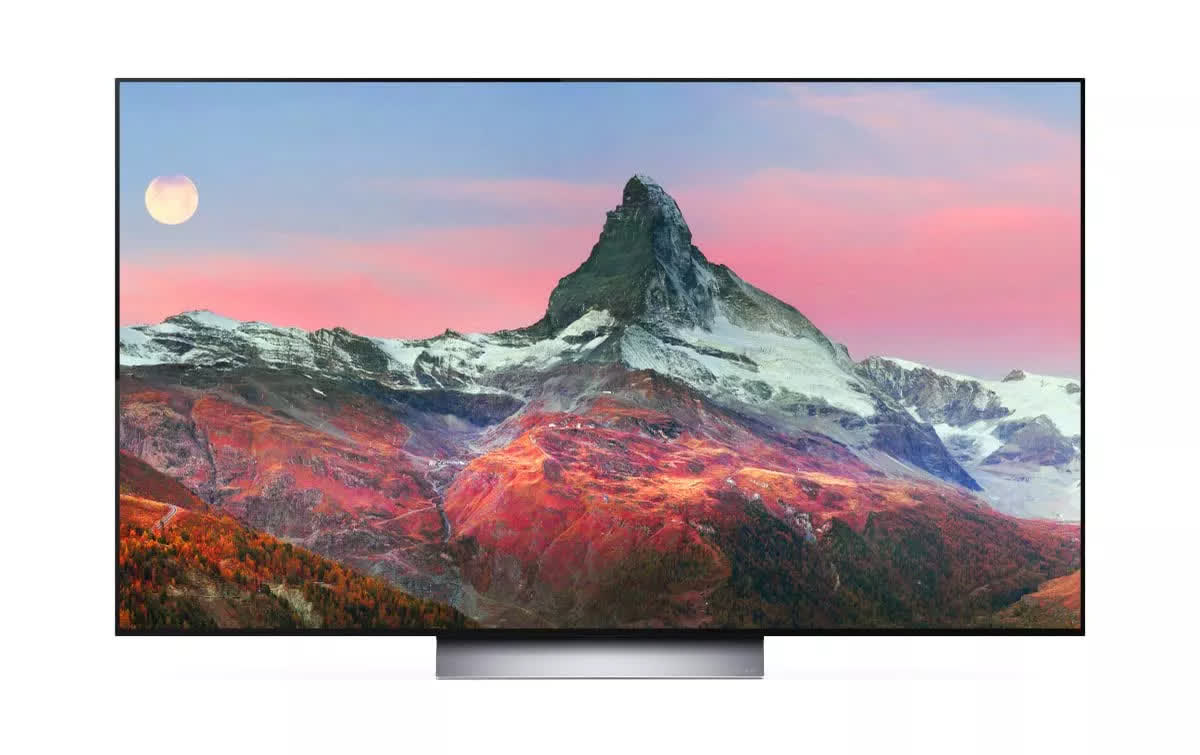It's still up for debate if a 4K monitor is the best overall choice for PC gaming. Ultimately this will depend on your preferences and use cases, for example if you are seeking versatility for both gaming and desktop productivity work, a 4K monitor can be an excellent option, particularly as GPU hardware has become more powerful, upscaling technologies have matured, and 4K monitors have become more affordable.
For desktop applications, the resolution and sharpness of a 4K display are hard to beat. However, it's not a clear-cut choice, as 1440p monitors also bring considerable value to the table, which is something you'll have to consider.
In today's buying guide, we will focus solely on 4K gaming monitors. This means we won't be discussing 60Hz displays – 120Hz is the baseline. Some people may want to opt for affordable 4K 60Hz displays, but we advise against this for gaming. Moreover, we'll mainly discuss products that we've reviewed and tested thoroughly, ensuring quality recommendations instead of relying on mere specifications. We provide comprehensive reviews for most of the monitors mentioned in this guide (linked throughout the guide) which offer detailed insights on each model.
All in all, there are plenty of noteworthy options in the 4K monitor market and with pricing of 4K panels becoming more affordable, we anticipate a significant 2024 with the upcoming introduction of new OLED gaming monitors in practical sizes.
Best 27-Inch 4K Gaming Monitor
Gigabyte M27U | Gigabyte M28U | LG 27GR93U

If you're in the market for a 27-inch 4K high refresh rate gaming monitor, the pricing and quality of available options are currently unparalleled. Just a few years ago, $500 would only secure a 1440p 144Hz monitor – now that same amount can get you 4K.
For most buyers, the new Gigabyte M27U 4K monitor represents the best value purchase in this segment priced at just $470. The M27U delivers exceptional value and is well-rounded across numerous critical aspects. While it's not the only 4K gaming monitor to consider at this size, it's challenging to overlook such a value-packed offering.
The M27U exhibits superb balance in performance, ranging from response time speed to color quality. Its motion performance is on par with other contemporary IPS LCDs, and the panel is effectively optimized for variable refresh rate gamers; there are no overt shortcomings. The monitor boasts a broad color spectrum, impressive brightness, adequate factory calibration, and the sharp resolution of a 4K panel, making it ideal for both productivity tasks and gaming. No single performance aspect particularly shines, but there are no significant flaws either.
For under $500, it's rare to find such value from other products we've evaluated. Typically, comparable experiences start in the $550 to $600 bracket, sometimes even higher. While it isn't flawless – it could benefit from a better contrast ratio and enhanced HDR capabilities – for 27-inch 4K 160Hz IPS LCDs, it's undeniably worth considering.
Performing closely to the Gigabyte M27U is the Gigabyte M28U, which utilizes a different panel but is a product we've recommended extensively due to its remarkable value. Depending on timing and location, the M28U often shares a similar price point with the M27U, making it a contender.
When compared to the M27U, the M28U is slightly more optimized for high refresh rate gaming (around the 120 to 144Hz range), boasts superior factory calibration – especially in the sRGB mode – and has a marginally higher contrast ratio. The M27U is brighter, more energy-efficient, possesses a marginally higher refresh rate, and is slightly more adjusted for variable refresh gaming. Both monitors present excellent value.
Another option to consider is the LG 27GR93U, particularly in the regions (outside the US) where it's not exorbitantly priced and is closer to the M27U and M28U above, making it an attractive option. Performance-wise, the LG matches the M27U and M28U but offers added features like hardware calibration support and marginally superior response time tuning.
Also worth mentioning is the MSI Optix MAG281URF, which uses the same IPS LCD panel as the Gigabyte M28U, so it offers comparable performance. We've evaluated several other products using this panel, but only the MSI and Gigabyte versions are competitively priced, with the MSI model often priced between $500 and $550. Compared to the M28U, the MSI version is slightly less calibrated but offers almost identical response time performance and higher bandwidth HDMI 2.1 ports, making it a strong contender at around $500.
Best 32-Inch 4K Gaming Monitor
LG 32GR93U | Lenovo Legion Y32p-30

If you're looking for a 4K 144Hz gaming monitor and the 27-inch range is too compact for your liking, you're in luck: 32-inch models are widely available. The quality of 32-inch 4K monitors has been improving compared to years prior when 32-inch panels were noticeably inferior to their 27-inch counterparts. Today, this discrepancy is less pronounced, though opting for the larger size often means a substantial price increase.
The LG 32GR93U is the current 32-inch 4K front-runner. This is a 144Hz IPS LCD selling for $800 – it is more expensive than similar offerings at the same size, however it also offers a notable performance edge that will justify the added expense for many.
The 32GR93U excels in various domains. It boasts respectable response times, and LG has adeptly adjusted it to provide a consistent overdrive mode experience. While it may not be the quickest monitor at 144Hz, it's engineered to minimize inverse ghosting artifacts. Among 32-inch LCD monitors, this is one of the best displays we've encountered, especially considering that older 32-inch models often left much to be desired in motion quality.
This is complemented by great factory color tuning, an excellent sRGB mode, hardware calibration support, strong DCI-P3 color space coverage and good brightness. It offers fantastic versatility for those that want to game and use the nice large 32-inch 4K panel for productivity work, it's a really nice dual-use monitor.
The main drawback is that you aren't getting any HDR hardware capabilities at this price point. But we still think this ranks among the top 32-inch 4K gaming monitors available, delivering consistent quality across the board without significant flaws.
A Solid Alternative
Another option to keep on the radar is the Lenovo Legion Y32p-30, often priced around $700. The Lenovo bears similarities to the LG version but falls slightly short in tuning and optimization. It demonstrates a tad slower response time, a narrower color spectrum, and is not as finely calibrated. But these discrepancies are minor.
The Lenovo generally offers solid performance and given the ~$100 savings and if you can forgo hardware calibration or absolute factory precision, it's a worthy contender.
Also worthy of mention in this category, the Gigabyte M32U remains a good choice. What used to be a top option for 32-inch 4K gamers, it's a more budget-friendly monitor usually selling around $650 to $680. The M32U's response times, contrast ratio, wide gamut support, and factory calibration aren't quite on par with the Lenovo or LG monitors above, but it remains a reliable choice for those prioritizing value.
Best 4K HDR Gaming Monitor
Samsung Odyssey Neo G7

If you are looking for a 4K PC monitor with genuine, full HDR capabilities, there are currently some excellent choices available. However, before we delve into our top pick in this category, it's worth noting that 32-inch 4K OLED gaming monitors are expected to make their debut in 2024. Because that's not too far off, those seeking a top-tier, high-resolution HDR experience and intrigued by OLED technology might consider waiting for these upcoming releases.
One monitor to watch is the Asus ROG Swift PG32UCDM, which was unveiled last month at Gamescom and is set to launch in the first half of 2024. Once this panel becomes available, we expect other brands to release their own 4K OLED gaming monitors. So, it's worth keeping this on your radar for next year.
In the meantime, our top 4K HDR pick remains the Samsung Odyssey Neo G7. This 32-inch, 4K 165Hz gaming display utilizes VA LCD technology, backed by a 1,196-zone full array local dimming backlight. The combination of this advanced backlight and high-contrast VA technology means the Neo G7 provides an authentic HDR experience that, in our view, comes closest to OLED among LCD monitors we've reviewed. While it doesn't quite rival OLED in terms of depth, shadow details, or viewing angles, the HDR quality is undeniably outstanding.
Performance-wise, the Neo G7 ranks among the swiftest LCD monitors we've assessed when it comes to response times. While its motion clarity may not match OLED displays, it delivers a robust gaming experience, particularly at 4K. Its HDR prowess is further enhanced by the high zone count backlight and impressive native contrast, ensuring minimal blooming in HDR content and retaining the vibrancy you expect from such displays. With a peak brightness surpassing 1,200 nits, this monitor tends to be brighter than typical OLEDs, though it's not exceedingly so.
Being a more "traditional" gaming display, the Neo G7 presents several other benefits. The use of VA LCD tech means there's no risk of burn-in, and its standard subpixel structure plays nicely with desktop applications and text. Moreover, its 32-inch size paired with such a resolution is fantastic for desktop use.
However, there are some drawbacks. The 1000R curvature is pronounced and doesn't necessarily enhance the viewing experience. While this display might be excellent for desktop gaming, its suitability for productivity or creative tasks is questionable due to this curve. Additionally, the subpar viewing angles require a head-on perspective to maximize the HDR quality. And while the input latency with dimming enabled is less than stellar, these issues are relatively minor and don't detract significantly from an otherwise stellar HDR gaming experience.
The Samsung Neo G7 carries a hefty $1,300 MSRP, but it's often been discounted to $1,100 and on some occasions even to a striking $900. We'd advise seeking out such deals rather than paying the full price. In the $900 to $1,100 bracket, this monitor offers solid value, and we'd recommend it at that price.
We wouldn't recommend its pricier counterpart though, the Neo G8. Although this model ups the refresh rate from 165Hz to 240Hz, it comes with significant setbacks, such as scanlines at its peak refresh. We'd recommend opting for the Neo G7, which delivers consistent and reliable performance.
Best 4K HDR Large Display for Gaming
LG C2 OLED | LG C3 OLED

We have included a separate category for large-format 4K HDR displays because for some gamers a 32-inch display is simply too modest, and they desire something more expansive and immersive. A second reason is that, in our opinion, the overall best 4K HDR monitor for gaming right now – without considering screen size – is a larger format display: the LG C2 / C3 OLED in its 42-inch variant. This assessment will hold true at least until the anticipated 32-inch OLED models are released next year.
OLED panels offer several advantages over LCDs like the Odyssey Neo G7. These include per-pixel local dimming, swifter response times, and improved viewing angles. Thus, a display such as the LG C3 isn't merely an attractive large format for immersive gaming; it also boasts top-notch image quality.
With each pixel able to individually illuminate, the LG C3 OLED offers unparalleled dimming and the ability to show bright and dark objects close together with no blooming or haloing issues. The C3 OLED gets extremely dark for shadow detail, shows true zero level blacks, and is capable of bright highlights over 700 nits in real world content. It also has a glossy screen with great reflection handling which makes colors pop and HDR shine.
Response times are lightning fast on the LG C3 – and while the Samsung Neo G7 is a fast monitor, the C3 is an order of magnitude faster. This helps to compensate for its rather low 120Hz refresh rate, compared to 165Hz for the Neo G7 – despite this difference, in motion clarity the C3 can actually be better at times simply due to how fast it can transition. And 120Hz is still plenty of speed for visual extravaganzas and other single player titles, which are today's best examples of HDR gaming content.
The C3 also has a few other advantages which put it in top spot and make it a great buy. It has a flat panel with excellent viewing angles. It's a massive display that is very immersive, without being so large it's impractical for desktop use – though it is big enough that it won't be suitable for all setups. It offers full smart TV functionality, four HDMI 2.1 ports and Dolby Vision support, making it a great option for console gaming and other forms of content consumption like video playback.
Of course, as any OLED there are some downsides to consider. The monitor is not ideal for desktop usage or productivity work owing to its low SDR brightness, non-standard subpixel layout, automatic brightness limiter and risk of permanent burn-in – though none of these are significant concerns if your primary use case is gaming or watching videos. It also only offers HDMI, no DisplayPort connector is included, so you'll need an HDMI 2.1 compatible GPU for the best experience.
The key question that remains is on choosing between the LG C3 OLED and its predecessor, the C2 OLED, both in 42-inch versions. Our friends at TFT Central have evaluated the C3 and determined its performance mirrors that of the C2. Consequently, there's no distinct preference between the two models. Given this, we'd advise opting for whichever model is more affordable. However, securing a substantially discounted C2 has become challenging recently due to dwindling stock, leaving the C3 as the go-to option for many.
The 42-inch LG C3 is currently priced at $1,100, a very reasonable price point. Its performance parallels the C2, and it's likely LG will offer further reductions in the upcoming months, allowing prospective buyers to potentially seize even better deals.
